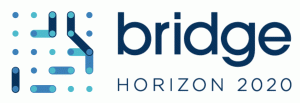Anastasis Tzoumpas from Ubitech Energy shows how @FARCROSS_H2020 can boost the #energytransition by demonstrating integrated hardware and software solutions that will facilitate the “unlocking” of the resources for the #crossborder #electricity flows and #regional #cooperation. pic.twitter.com/FzVk5AJ9bh
— ENTSO-E (@ENTSO_E) June 11, 2021
UBITECH ENERGY’s Anastasis Tzoumpas, Head of Electrical Power & Energy Systems Unit, will participate as speaker and panellist at the 10th InnoGrid Edition ‘Living the Transition’, organized by the European Distribution System Operators’ Association (E.DSO) and the European Network of Transmission System Operators (ENTSO-E) on Friday, 4 June and Friday, 11 June.
InnoGrid has been the annual appointment on European innovation in power networks for a decade now. For its 10th edition – ‘Living the transition’ – InnoGrid will highlight the paramount role of networks in the energy transition and how they are enabling it today. In that context on 11 June, a selection of EU funded projects including FARCROSS will showcase how they can accelerate the transition.
UBE, as FARCROSS’s technical coordinator, will present how FARCROSS can boost the energy transition by demonstrating integrated hardware and software solutions that will facilitate the “unlocking” of the resources for the cross-border electricity flows and regional cooperation.
Discover the programme and register here: https://www.innogrid.eu/

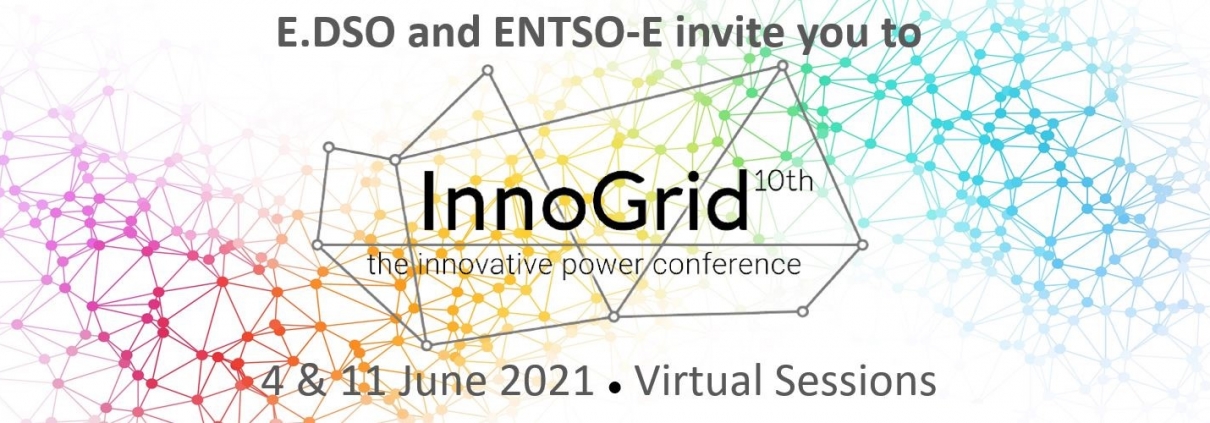
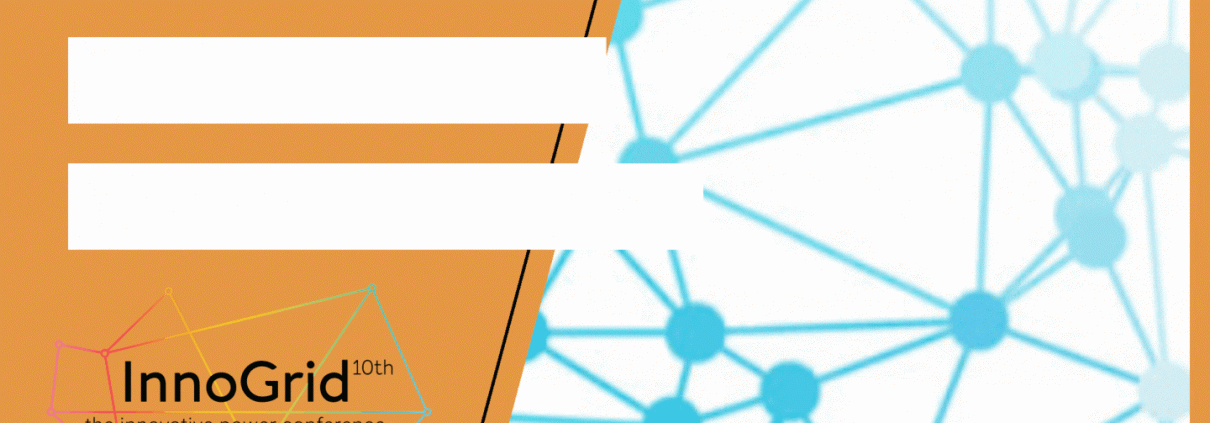
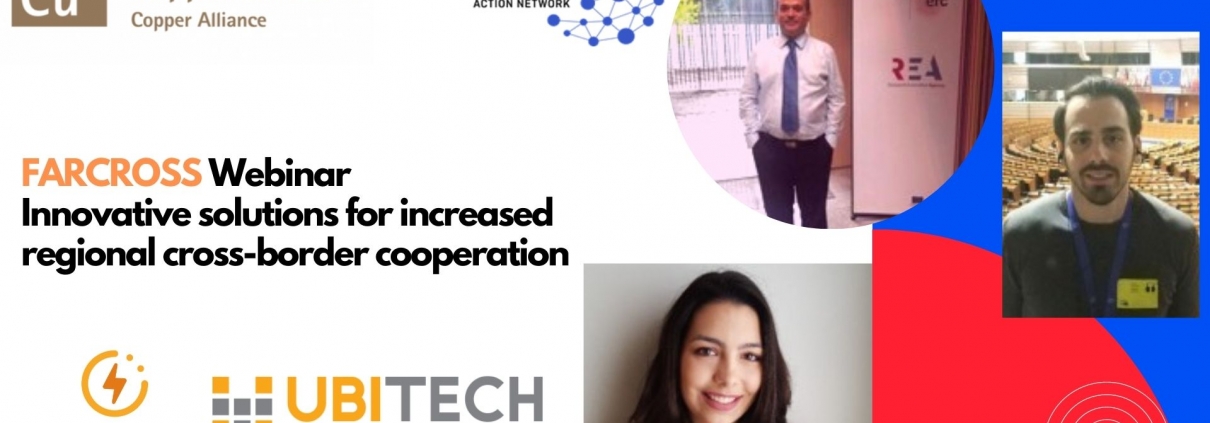
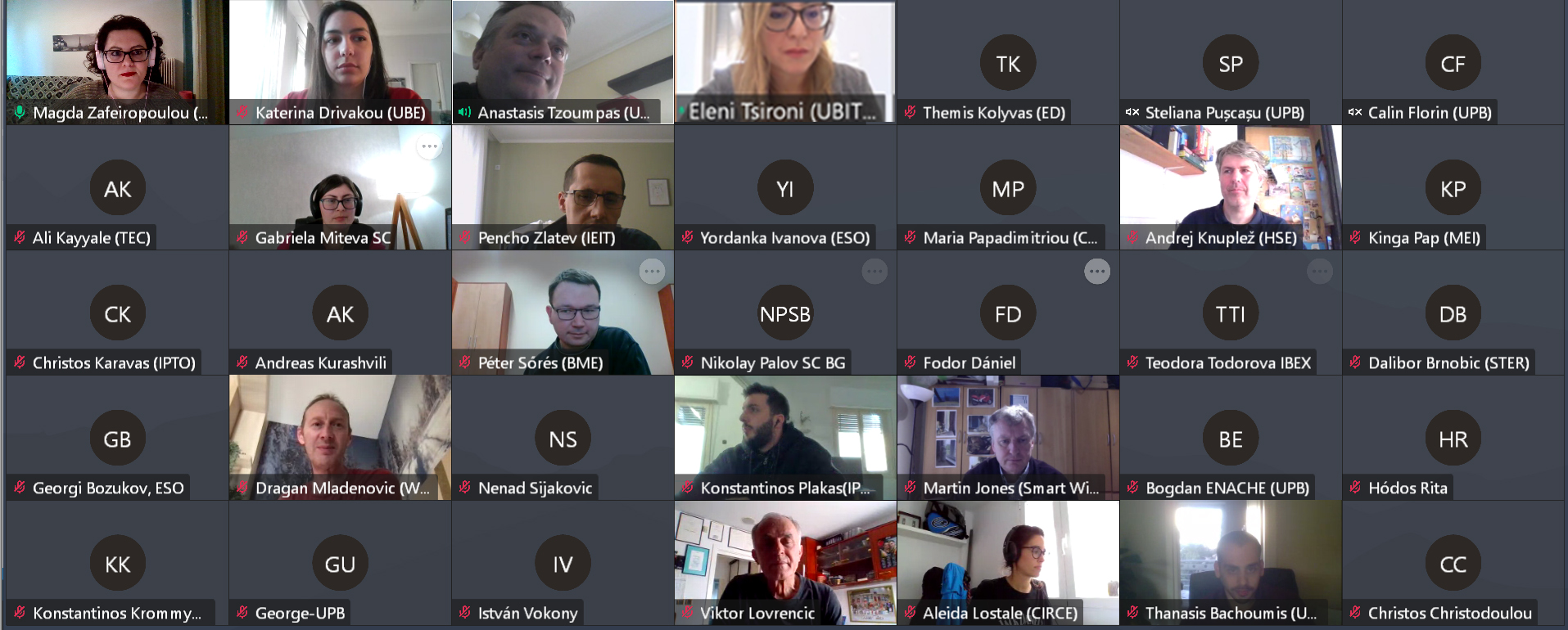
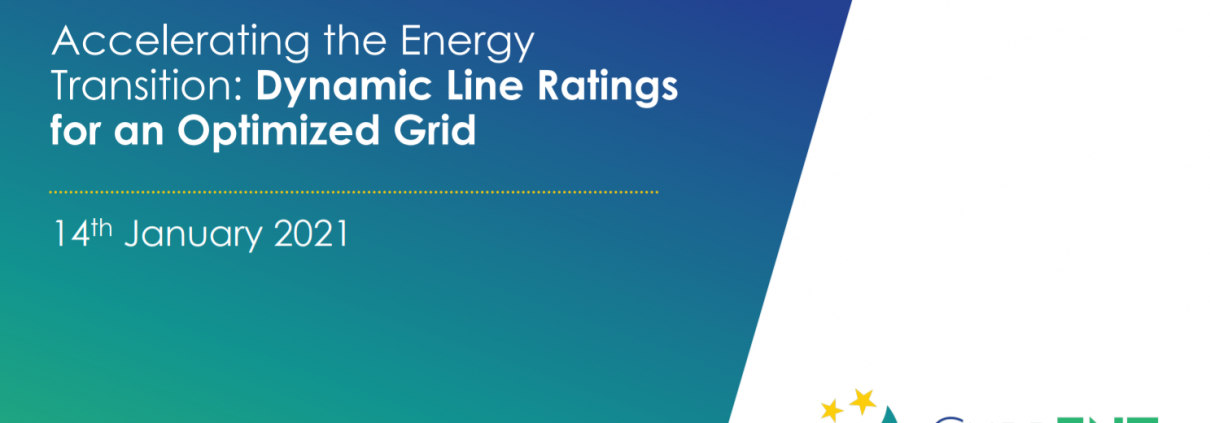
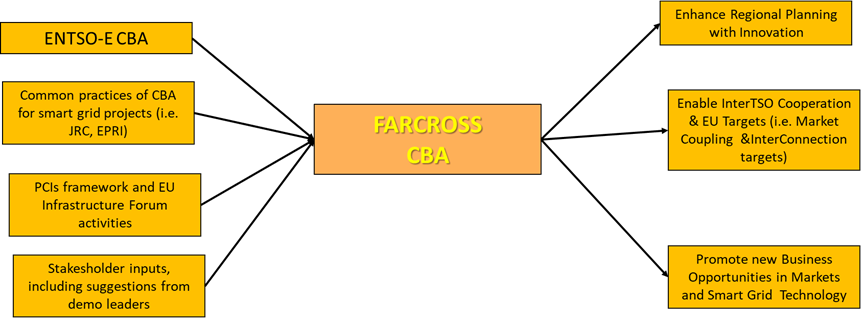
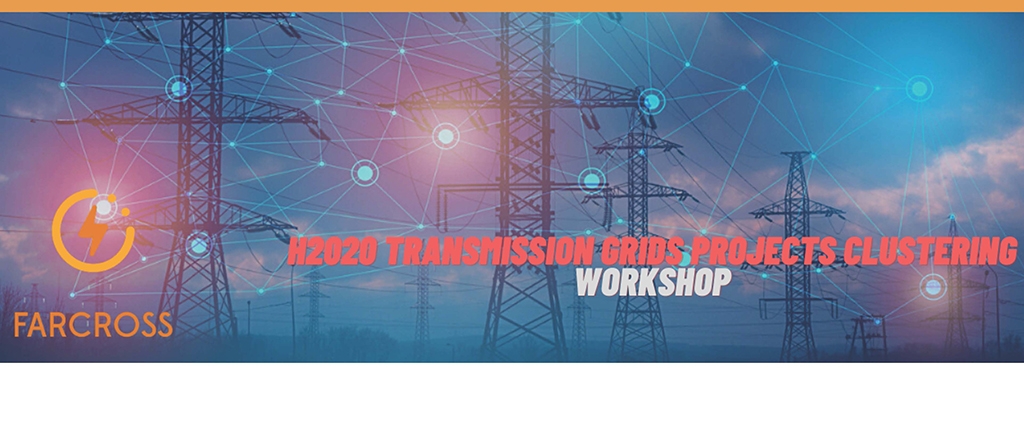



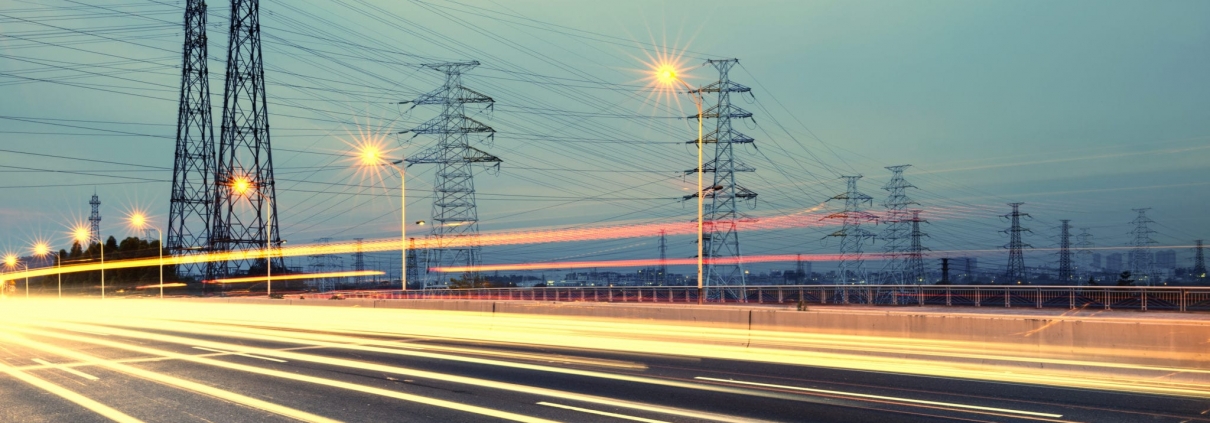
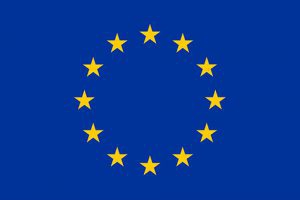 This project has received funding from the European Union’s Horizon 2020 research and innovation programme under grant agreement No 864274
This project has received funding from the European Union’s Horizon 2020 research and innovation programme under grant agreement No 864274